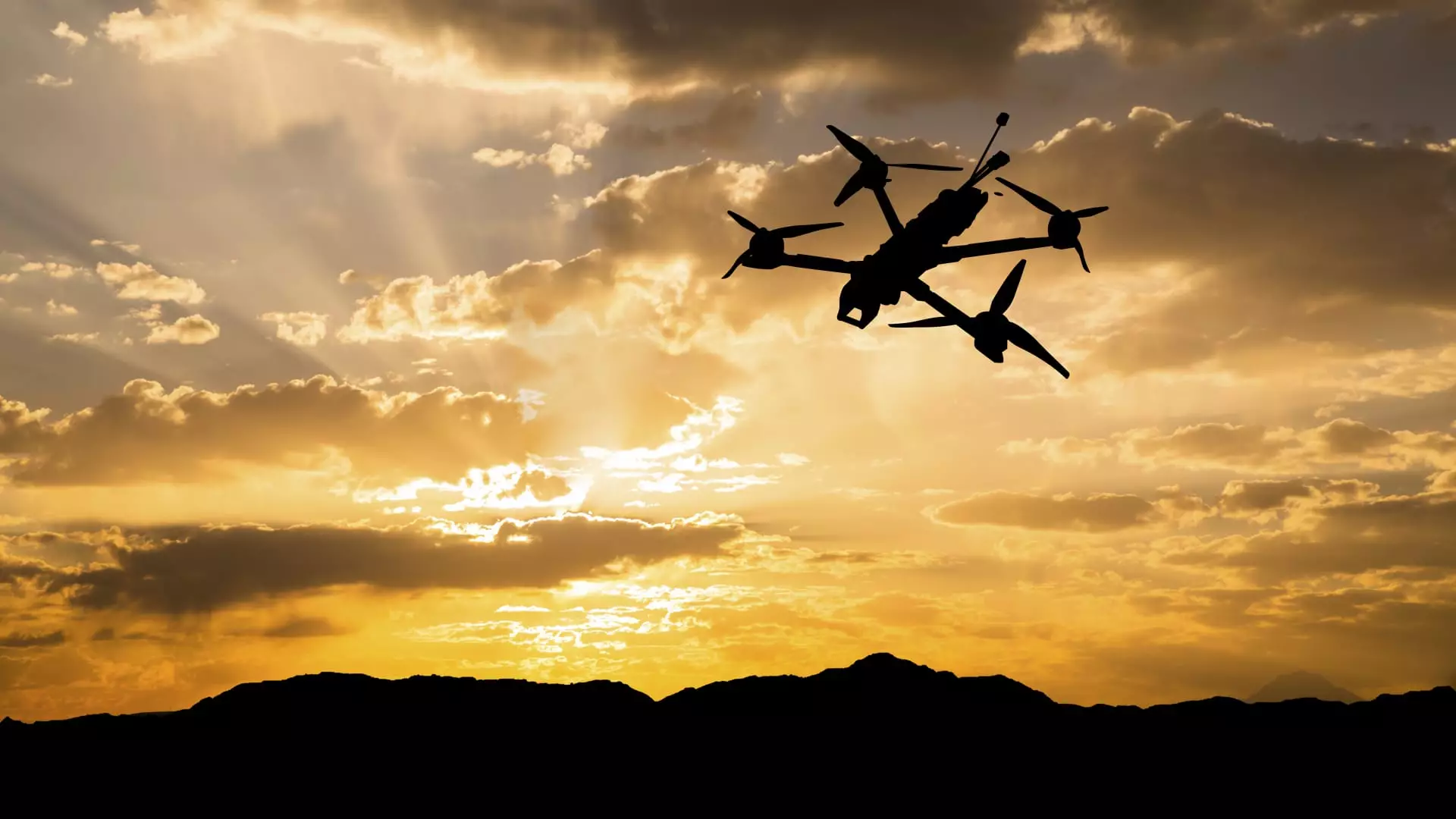In the ever-evolving world of technological advancements, the drone industry has emerged as a particularly intriguing sector for investors. Over recent weeks, a series of events has sparked renewed interest in drone stocks, painting a picture of potential profitability and innovation. With a significant partnership announced between Palantir Technologies and Red Cat Holdings, the market has seen a noticeable uptick in share prices, driven by a mix of retail enthusiasm and strategic collaborations.
This surge isn’t merely a blip; it reflects a growing appetite for drone technology, especially as applications expand beyond simple recreational use to encompass commercial, governmental, and even defense sectors. The announcement that Red Cat would integrate visual navigation software from Palantir into its drones led to a remarkable 19% increase in its stock. This indicates that investors are increasingly recognizing the potential synergies between advanced data analytics and drone technology.
Moreover, the influence of retail investors—particularly those active on platforms like Reddit—cannot be underestimated. Data from Quiver Quantitative indicates that Red Cat’s (RCAT) stock has become a hot topic among users of the WallStreetBets forum, showcasing a more than 1,625% increase in mentions. This kind of grassroots interest is shaping market dynamics, leading not only to rapid stock price fluctuations but also to a re-evaluation of the drone market’s potential.
As retail investors rally behind specific stocks, there emerges a sense of community-driven momentum that can propel stocks to new heights. Other noteworthy players in the drone sector, such as Kratos Defense, Aerovironment, and firms associated with Donald Trump Jr., have also seen upticks in value, emphasizing that diverse connections and social sentiment are crucial components of the current investment landscape.
In conjunction with the market’s fluctuations, there is a cloud of national security concerns surrounding recent drone sightings, particularly across New Jersey. The FBI’s clarification that these sightings may have been instances of manned aircraft misidentified as drones helps temper fears, but it also draws attention to the need for effective regulation and countermeasures. Analysts like Louie DiPalma predict that this scenario will enable local and state law enforcement to invest heavily in counter-drone technologies, signaling a promising avenue for growth in the sector.
Furthermore, the incoming administration’s focus on national defense could open new funding avenues for the industry. The potential implications of the National Defense Bill — which could restrict certain foreign firms like DJI from selling in the U.S. — reflect a strategic shift towards bolstering domestic drone production.
As the drone industry matures, the combination of retail investor engagement, governmental interests, and strategic partnerships indicates that significant trends are emerging. The optimism linked to domestic production and the integration of advanced technologies, alongside social media influence, suggests that we are just scratching the surface of what this industry can achieve. With regulatory landscapes evolving and technological advancements on the horizon, stakeholders will need to remain agile to navigate the challenges and opportunities that lie ahead in the drone market.

